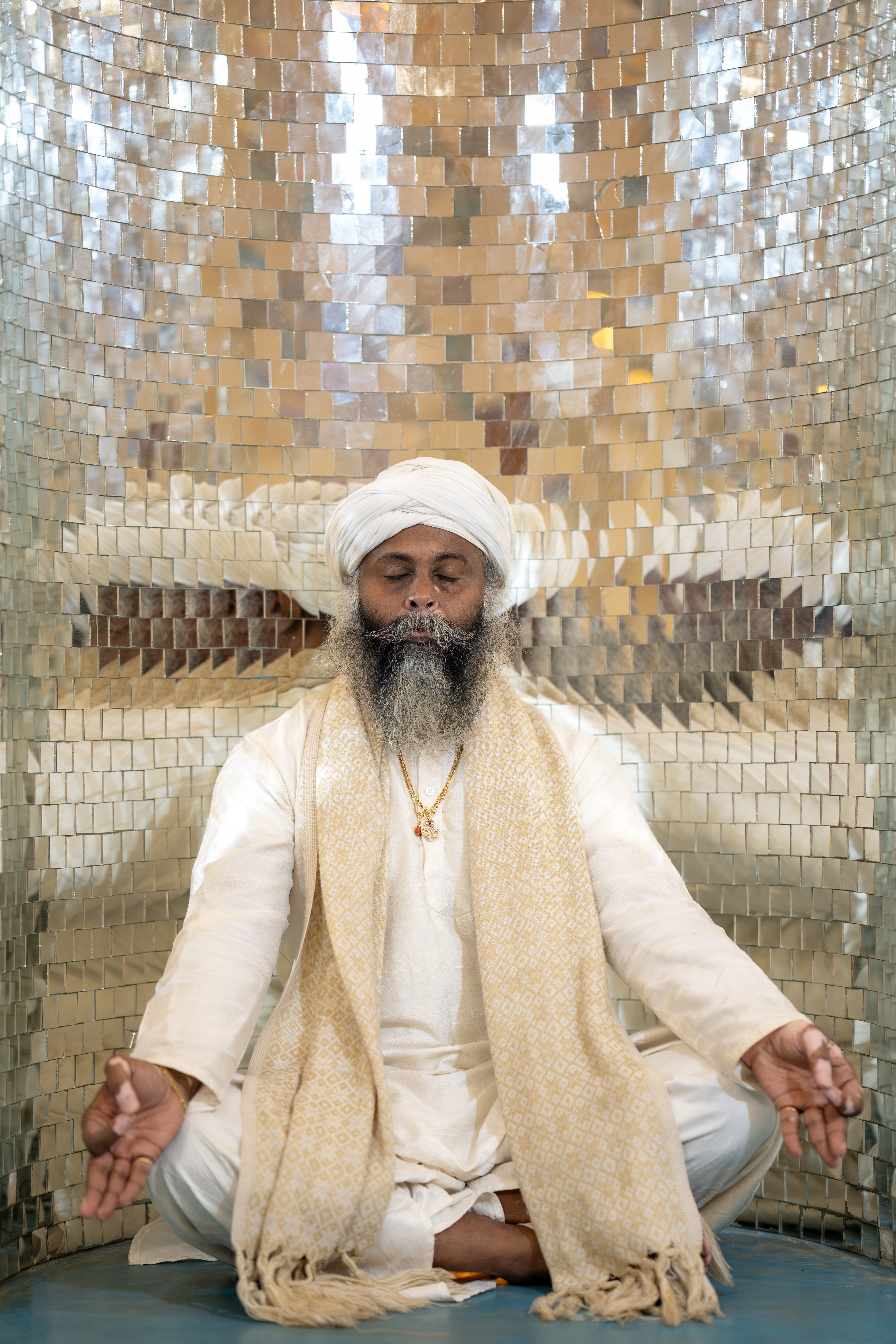Canker sores, or aphthous ulcers, are painful lesions that form inside the mouth on soft tissues such as the cheeks, lips, or tongue. Unlike contagious cold sores, canker sores occur internally and are non-contagious, yet they can cause significant discomfort during everyday activities like eating and talking. While they often heal naturally within a couple of weeks, natural and Ayurvedic remedies can accelerate recovery and alleviate pain.
The exact cause of canker sores remains uncertain, but factors such as oral trauma, stress, hormonal changes, food sensitivities, nutritional deficiencies, a weak immune system, and allergic reactions play a role in their formation. To treat canker sores at home, consider remedies like salt water rinses, baking soda paste, honey, coconut oil, and chamomile tea. These methods help neutralize irritants, reduce inflammation, and harness natural antimicrobial properties for faster healing and relief.
Ayurveda views canker sores as a Pitta imbalance and advocates cooling, soothing practices and herbs for treatment. Remedies include licorice root, Triphala, ghee, aloe vera, coriander seeds, and manjistha to promote healing and detoxification. Additionally, Ayurvedic practices like Sheetali Pranayama and specific mudras, such as Varun and Prana Mudra, can balance internal energies, reduce stress, and aid recovery while preventing future occurrences by addressing root causes and improving overall well-being.
Read more...Ayurveda, an ancient holistic healing system, emphasizes health as the delicate balance between the mind, body, and spirit, with its core rooted in the concept of Doshas: Vata, Pitta, and Kapha. These three fundamental energies, derived from the elements Earth, Water, Fire, Air, and Ether, not only govern physical and mental health but also influence our personalities and preferences. Each individual possesses a unique combination of these energies, known as their Prakriti, which guides personal wellness practices.
Imbalances in the Doshas can lead to health issues, and recognizing the signs of imbalance is essential for restoring harmony. Vata is characterized by qualities such as lightness and mobility and is responsible for bodily movements and functions, with an imbalance marked by anxiety and irregular digestion. Pitta, associated with heat and intensity, governs digestion and metabolism, while excess Pitta can lead to irritability and inflammation. Lastly, Kapha offers stability and structure, but when overabundant, it can cause lethargy and weight gain.
The Ayurvedic approach to balance involves tailored diet and lifestyle practices, emphasizing food's role as medicine to influence the Doshas. Vata benefits from warm, grounding foods; Pitta needs cooling, calm foods; and Kapha flourishes with light, spicy dishes. Additionally, incorporating routines like meditation, yoga, and specific self-care techniques such as Abhyanga enhances overall well-being, providing a personalized path to holistic health and longevity.
Read more...Paramhansa Yogananda’s teachings emphasize that the potential for healing resides within each individual, independent of external forces. It is an intrinsic capability of the soul, which, through practices like meditation and spiritual discipline, can be harnessed for holistic well-being. Healing, as outlined by Yogananda, extends beyond physical ailments, reaching into mental and spiritual realms, achieving harmony with the larger cosmic consciousness.
Yogananda believed true healing begins at the level of consciousness, with the mind, body, and spirit working in synchrony. When there is disharmony between one's soul and the universe, dis-ease manifests in varied forms. By restoring this balance through inner alignment and awareness, we tap into the life force or prana, which brings wholeness and healing to our being.
Moreover, Yogananda emphasized the role of faith and belief in the healing process, noting that faith can align thoughts and emotions towards healing goals, whereas doubt can block this energy flow. The soul’s healing energy, once awakened, is not confined to self-healing but can be shared with others, enhancing collective well-being. Through positive affirmations, self-discipline, and service to others, we not only heal ourselves but can also become vessels of healing for the wider world, embracing a mission of compassion and unity.
Read more...In the realm of yoga and spirituality, Prana is revered as the life force or vital energy that permeates every living being, uniting body, mind, and spirit with the cosmos. Understanding and mastering Prana is not only pivotal for personal well-being but is also seen as the gateway to comprehending and influencing the universe's intricate fabric. This mastery grants access to an elevated awareness that resonates with the cosmic rhythm, revealing the core of existence itself.
Prana, essentially the breath of life, operates as a universal energy driving all movement and activity within and beyond our body. It is categorized into five subtypes known as vayus, each managing distinct bodily functions like respiration, elimination, and circulation. By regulating these energies through Pranayama, yoga, and meditation, practitioners can achieve mastery over their physical, mental, and spiritual self, enhancing vitality, mental clarity, and emotional stability.
Mastering Prana leads to expanded consciousness and heightened spiritual growth. This refined control not only strengthens the connection with deeper self but also enables influence over the external world. Through disciplined practice, individuals can harmonize with universal energy, facilitating a state of effortless action, cosmic alignment, and transformative influence over themselves and their surroundings.
In the realm of yoga and spirituality, Prana is revered as the vital life force that flows through all living beings, linking body, mind, and spirit to the cosmos. This invisible energy is not only essential for personal well-being but serves as a conduit to understanding and influencing the universe's core dynamics. Mastery of Prana is tantamount to grasping the essence of life, allowing for deeper harmony with the universe.
Prana is more than just breath; it is the universal energy governing life and motion within and around us. It breathes life into every aspect of existence—air, sunlight, food, and organisms—making it integral to our being. In yogic philosophy, it's categorized into five subtypes, each regulating essential bodily functions, from respiration to digestion, which can be controlled and harmonized through practices like Pranayama, yoga, and meditation to enhance body, mind, and spirit well-being.
Controlling Prana unlocks remarkable physical and mental benefits, such as improved health, stress reduction, and heightened focus. It also facilitates expanded consciousness, nurturing intuition and spiritual growth by connecting us to deeper self-layers and the universe. Furthermore, those adept at Prana influence external reality, radiating harmony and positivity, impacting the collective environment positively as they align with universal energies through conscious practice and mastery of this life-giving force.
Read more...Karwa Chauth is a significant North Indian festival that celebrates the sacred bond between a husband and wife through fasting, prayer, and devotion. Historically rooted in the protection and longevity of husbands traveling for trade or war, the festival's essence transcends time, symbolizing unwavering dedication and mutual respect. Women partake in a strict day-long fast, which they break upon sighting the moon, reflecting a deep sense of care and sacrifice that defines marital bonds.
The rituals of Karwa Chauth start with a pre-dawn meal called Sargi, followed by a day of fasting, dressing in traditional attire, and participating in evening prayers. Women listen to legends like that of Queen Veeravati, whose devotion restored life to her husband, underscoring the power of love and faith. As the moon rises, the fast is broken with the husband offering water and food, marking the mutual bond of love and care.
In modern times, Karwa Chauth has evolved to celebrate love and equality, with some men joining in the fast as a symbol of shared responsibility. While debates around gender roles exist, many view the festival as a personal expression of love and devotion. Through its portrayal in popular culture and Bollywood, Karwa Chauth continues to capture the romantic imagination, blending tradition with contemporary nuances and spiritual fulfillment.
Read more...
